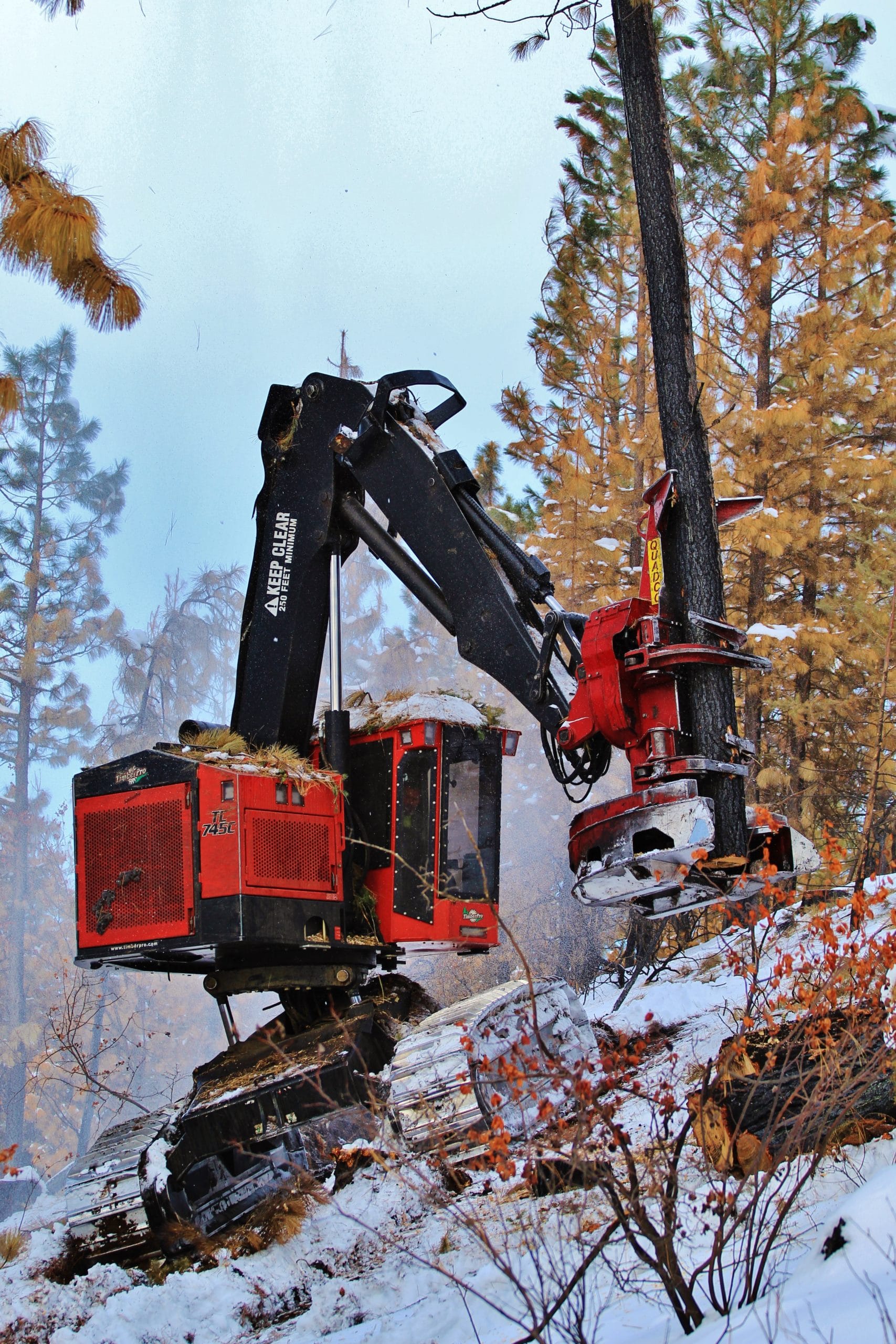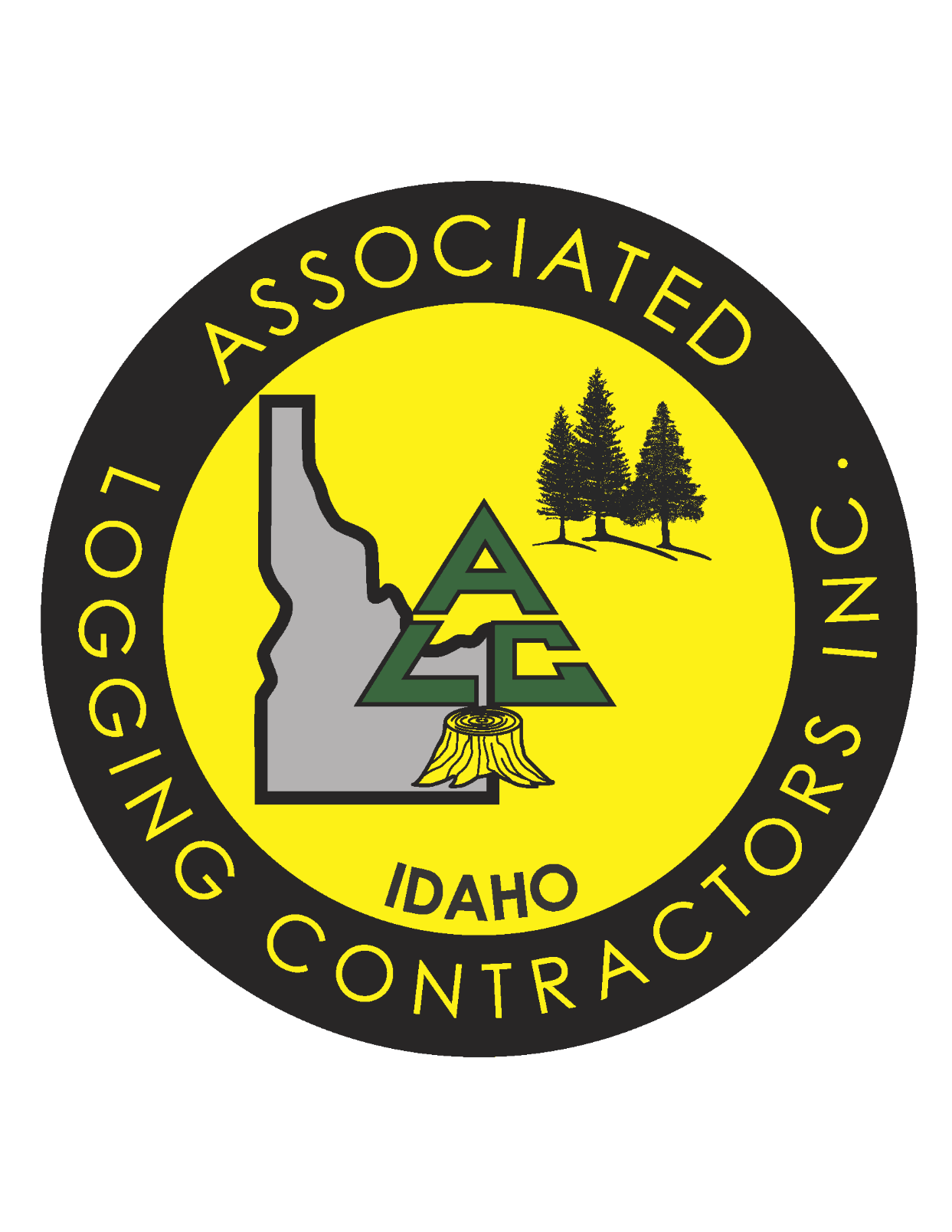Idaho Loggers & Idaho Forests

We Are Loggers
Idaho loggers go to work every day because each year the average American uses 43 cubic feet of wood and 681 pounds of paper. That is over a ton of wood each year or the equivalent of one 100-foot tall tree, 18 inches in diameter.
These products begin with a tree.
Idaho loggers work hard to bring these products to you while helping to ensure that a healthy forest continues to grow.
Logging is hard work and a proud profession. Idaho loggers take pride in the work they do to provide wood products for Americans while doing their part to manage our forests for today and tomorrow.
Loggers are highly skilled and utilize high-tech equipment on the job.
As loggers, we work to help foresters implement plans to keep our forests growing strong and healthy while at the same time utilizing the material harvested for the products we each use daily.
Idaho law requires replanting after an area has been logged. Loggers support this law. Each year over 18 million seedlings are hand-planted in the Idaho forest while Mother Nature plants millions more.
Idaho Logging Facts
- Each million board feet of timber harvested in Idaho provides 24 jobs (13 in the forest products industry, plus 11 in support jobs)
- Idaho’s forest products industry directly employes an estimated 16,412 people and there are another 14,846 support jobs for a total of 31,258 jobs!
- 1.3 billion board feet of timber is harvested in Idaho annually. ALC of Idaho’s members harvest and haul most of this timber!
- Almost all wood harvested in Idaho is processed here.
- 90% of all primary wood products are exported out of state.
- Lumber sales in Idaho totaled $793 million in 2019 and added $2.2 billion to Idaho’s Gross State Product!
- Labor income in the forest products industry totaled $1.247 billion in 2019.
- Average annual wages for logging and hauling jobs range from $28,950 to $63,840.
- Our logging and wood hauling contractor businesses are all family owned and operated and are the backbone of Idaho’s forested rural communities.
